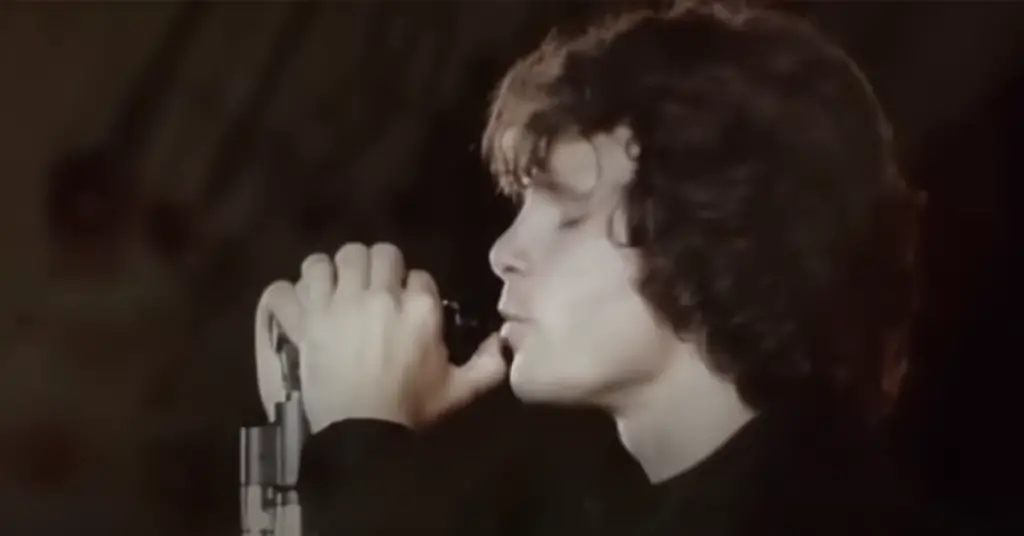The Doors – The End: Beauty and Madness Collide
When Rock Music Crossed the Line
There are songs that define the ’60s — and then there’s “The End.”
Released in 1967 as the haunting closer to The Doors’ debut album, it’s not just a song. It’s a journey — poetic, disturbing, hypnotic, and unforgettable.
The first time I heard it, I didn’t know whether to be amazed or unnerved. It felt less like music and more like a trance — a slow descent into something dark and strangely beautiful.
The Birth of a Psychedelic Epic
“The End” started as a simple breakup song Jim Morrison wrote after splitting with his girlfriend, Mary Werbelow. But as the band performed it live, it evolved into something far more complex — an exploration of death, rebirth, and the unraveling of the human mind.
By the time they recorded it at Sunset Sound Studios in 1966, the track had become a 12-minute odyssey. No radio single, no pop polish — just raw, fearless art.
The Music: Hypnotic and Eternal
Musically, “The End” is a masterclass in atmosphere. Robby Krieger’s sitar-like guitar lines shimmer through the dark haze, while Ray Manzarek’s organ drifts like incense smoke. John Densmore’s drumming is slow, deliberate — a heartbeat fading in and out.
And Morrison? He doesn’t just sing — he summons. His voice shifts from tender to terrifying, whisper to scream, pulling the listener deeper into his surreal narrative.
The Controversial Midsection
Of course, it’s impossible to talk about “The End” without mentioning its most infamous moment: the spoken-word passage where Morrison delivers a haunting, Oedipal vision.
“Father… yes, son? I want to kill you. Mother… I want to…”
That line shocked audiences and even got The Doors banned from the Whisky a Go Go. But Morrison wasn’t aiming for shock alone — he was chasing truth, or at least the truth buried in chaos.
It’s art that refuses to be comfortable — and that’s what made The Doors different.
A Fan’s Reflection
I first encountered “The End” the same way many did — through Francis Ford Coppola’s Apocalypse Now. That opening helicopter sequence, with Morrison’s voice drifting over napalm and jungle haze, still sends chills down my spine.
But hearing it later on vinyl, start to finish, was a different experience. Alone in a dark room, it felt like the song was breathing. It wasn’t scary anymore — it was profound.
The Legacy of The End
More than fifty years later, “The End” remains one of the most daring recordings in rock history. It’s part poem, part ritual, part confession — the sound of a generation staring into the abyss and asking, “What now?”
For me, it’s Jim Morrison at his rawest and The Doors at their most fearless. Not a song for everyone, but a masterpiece for those willing to go where it leads.



Facebook Comments